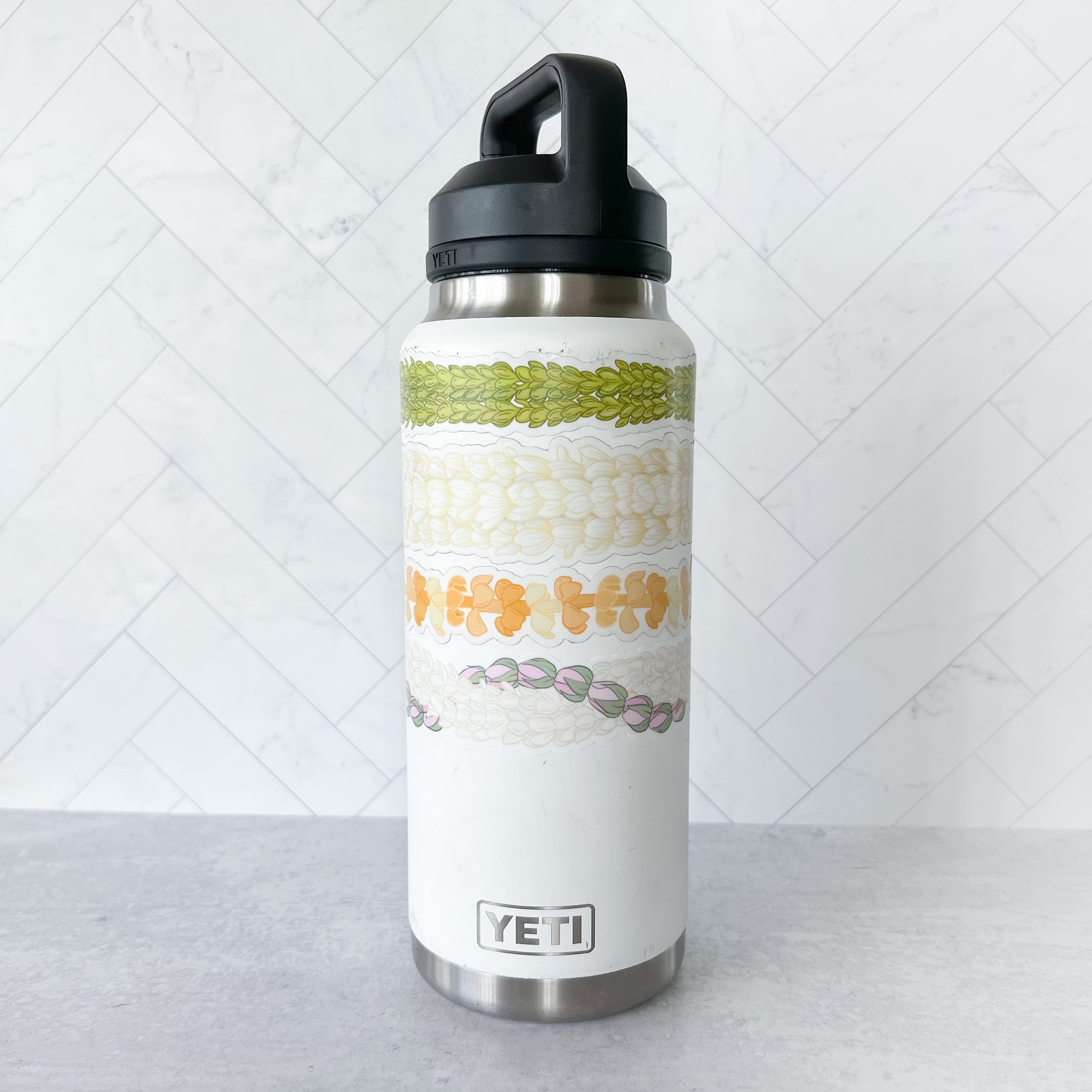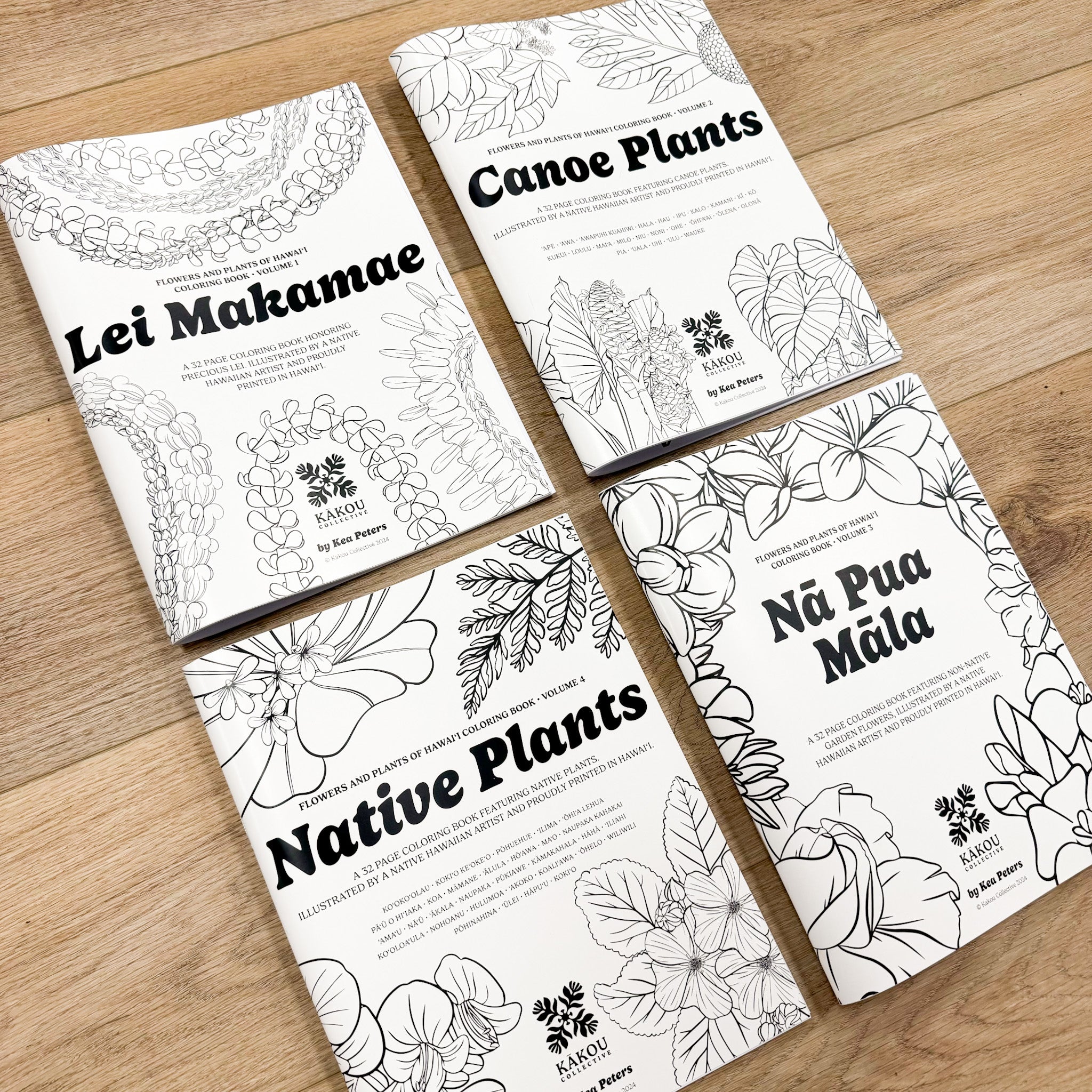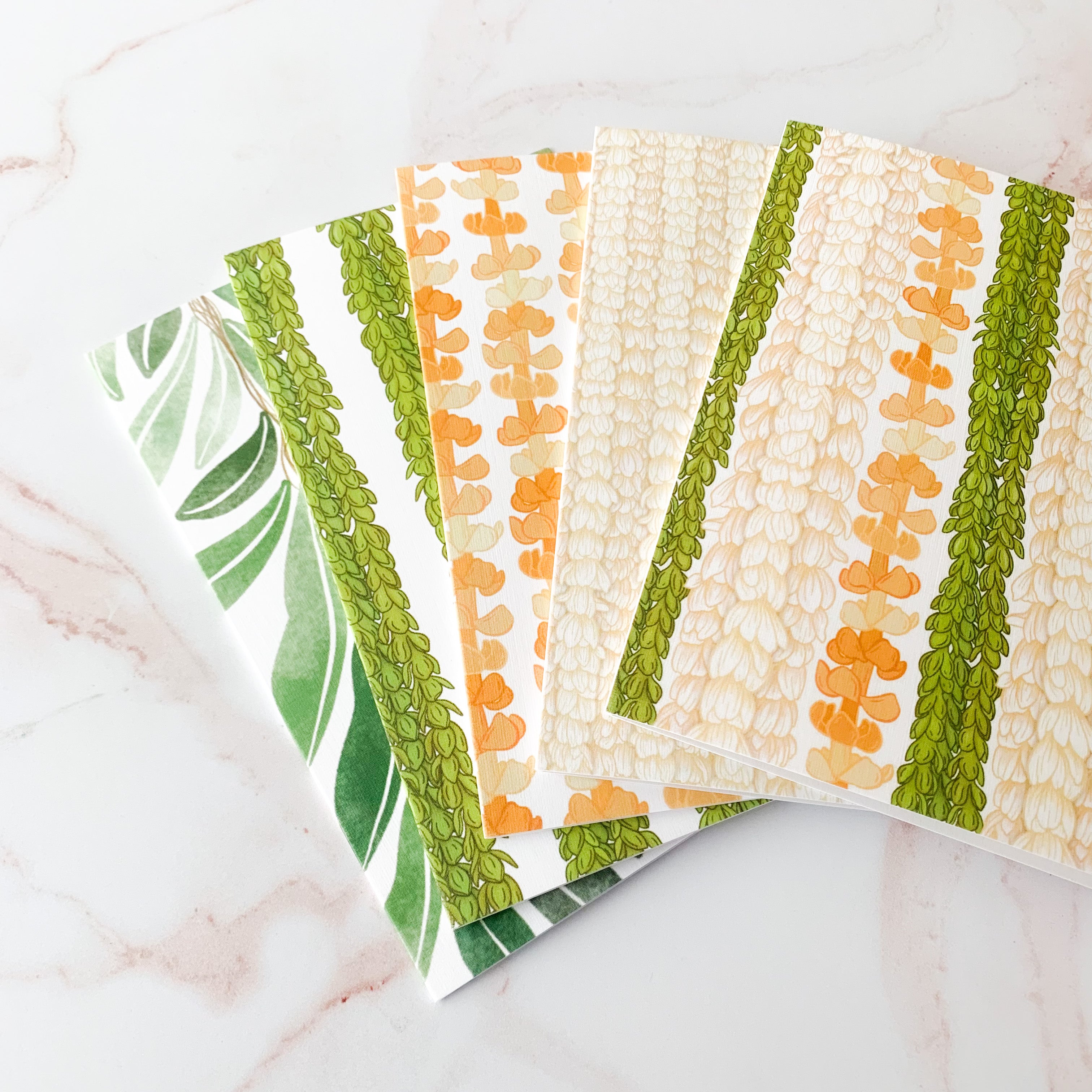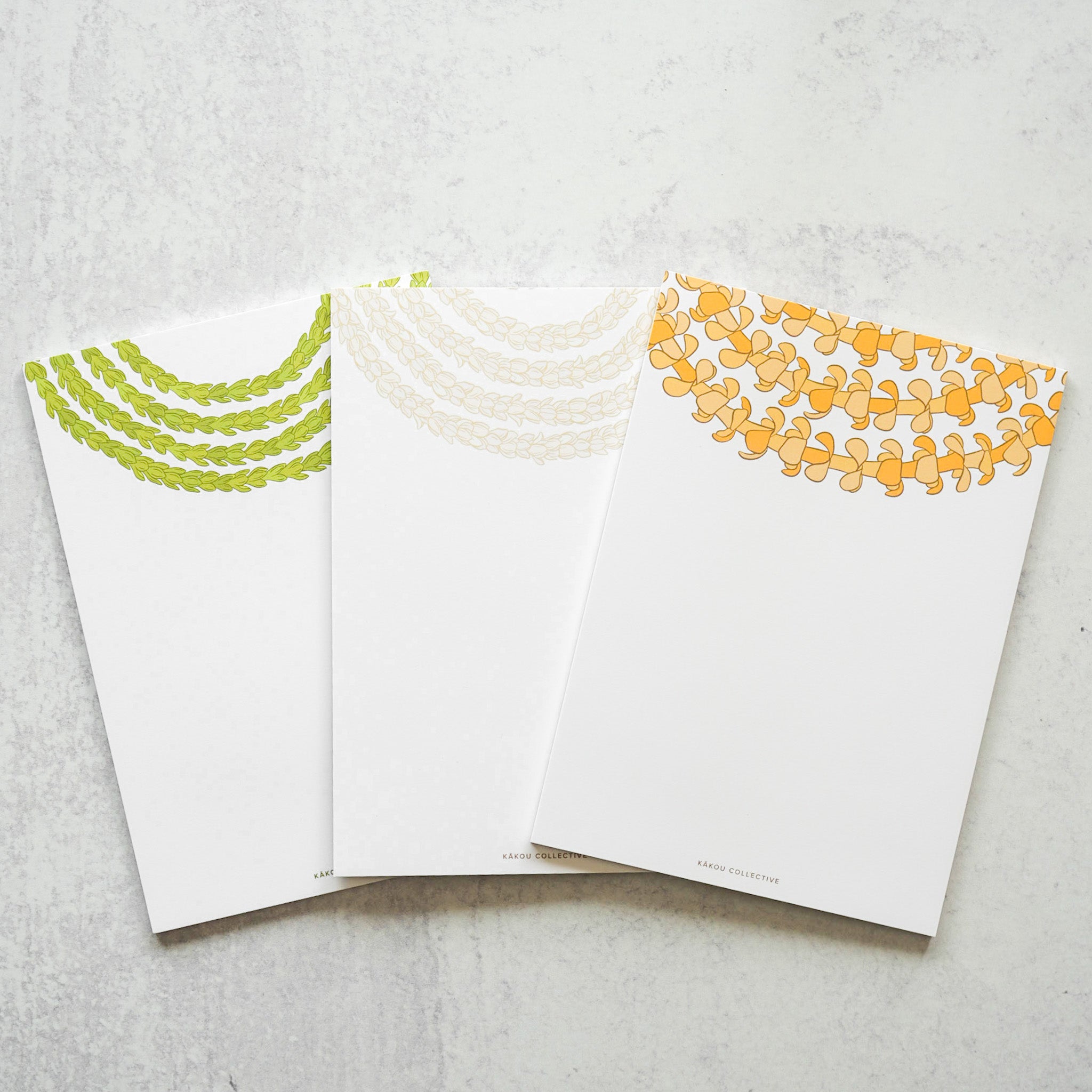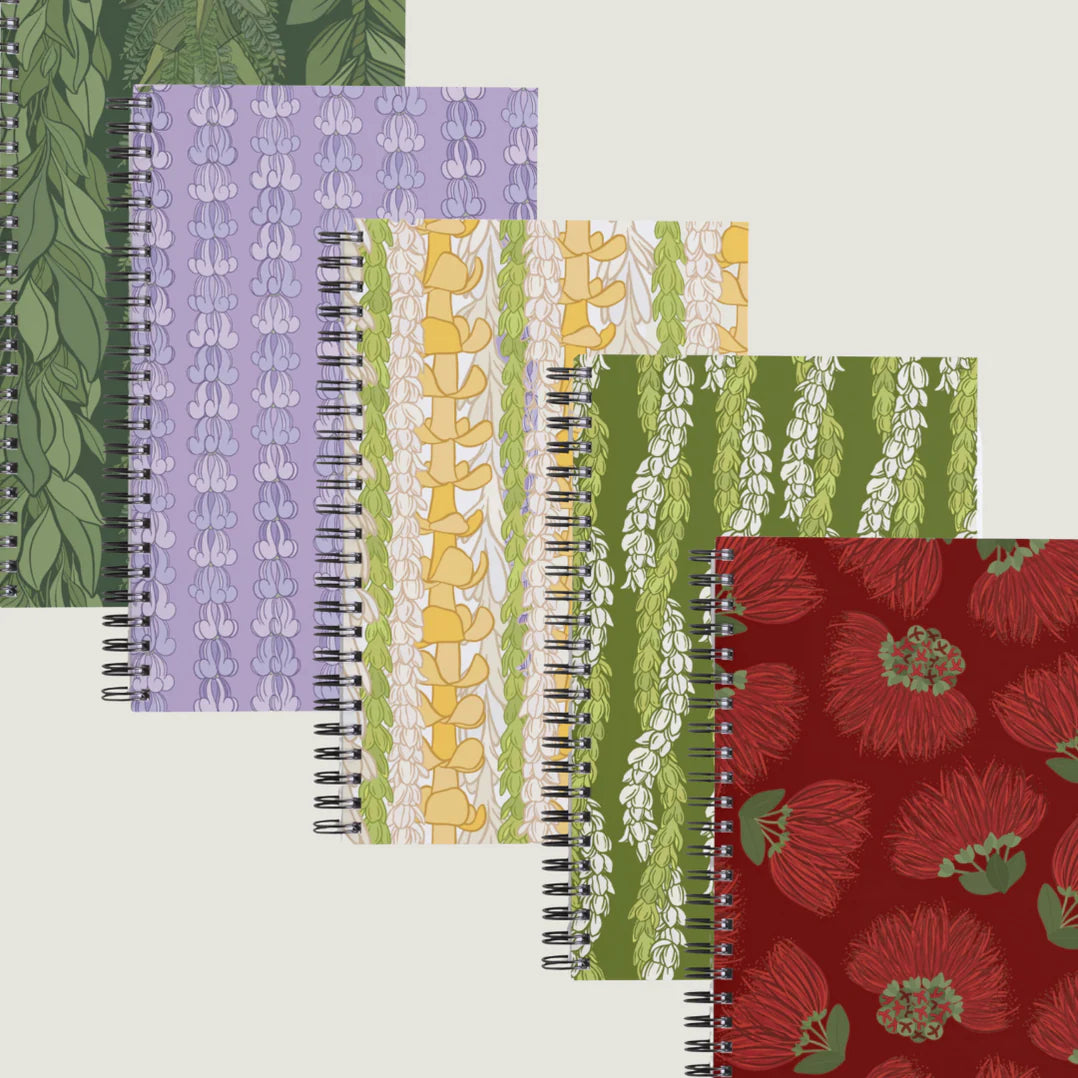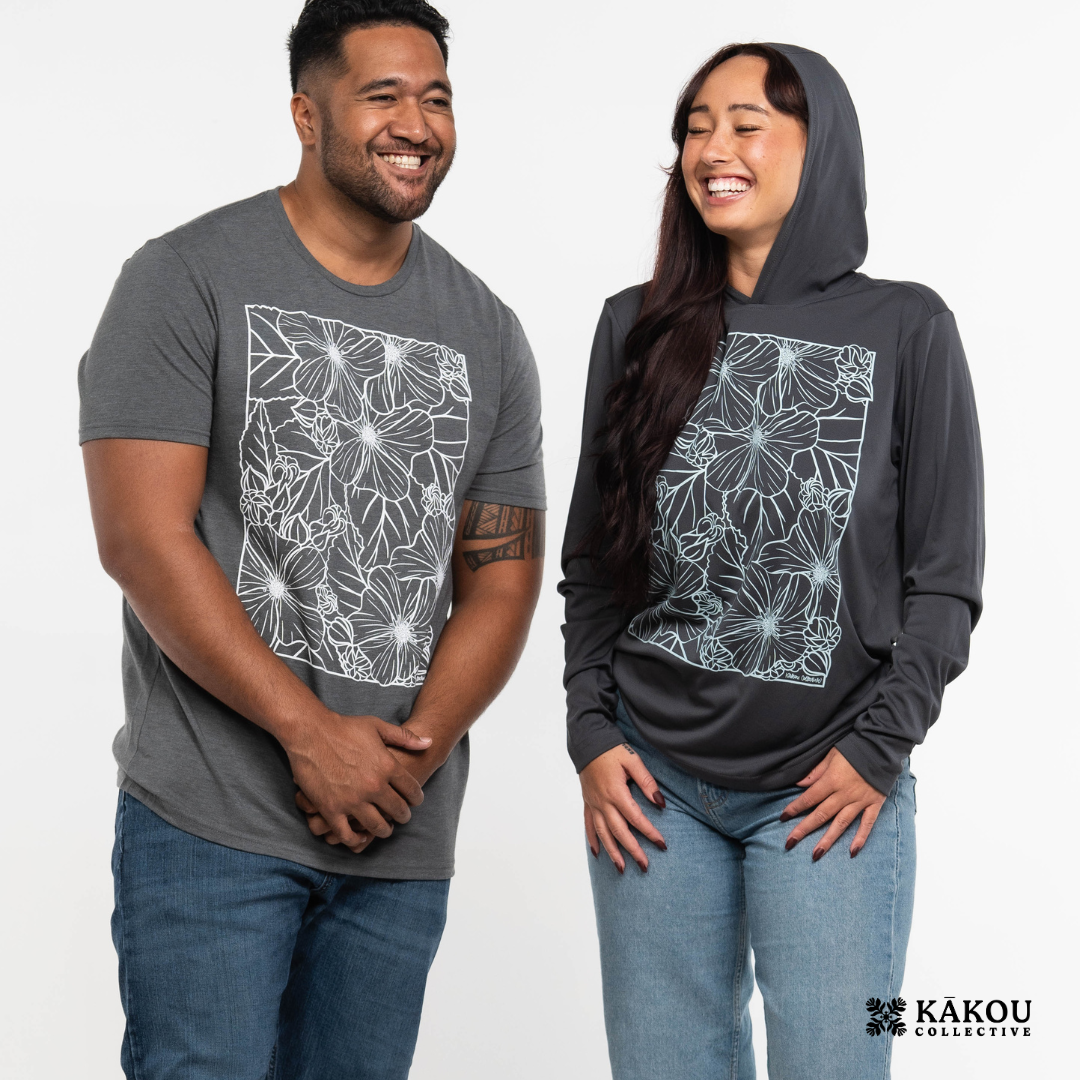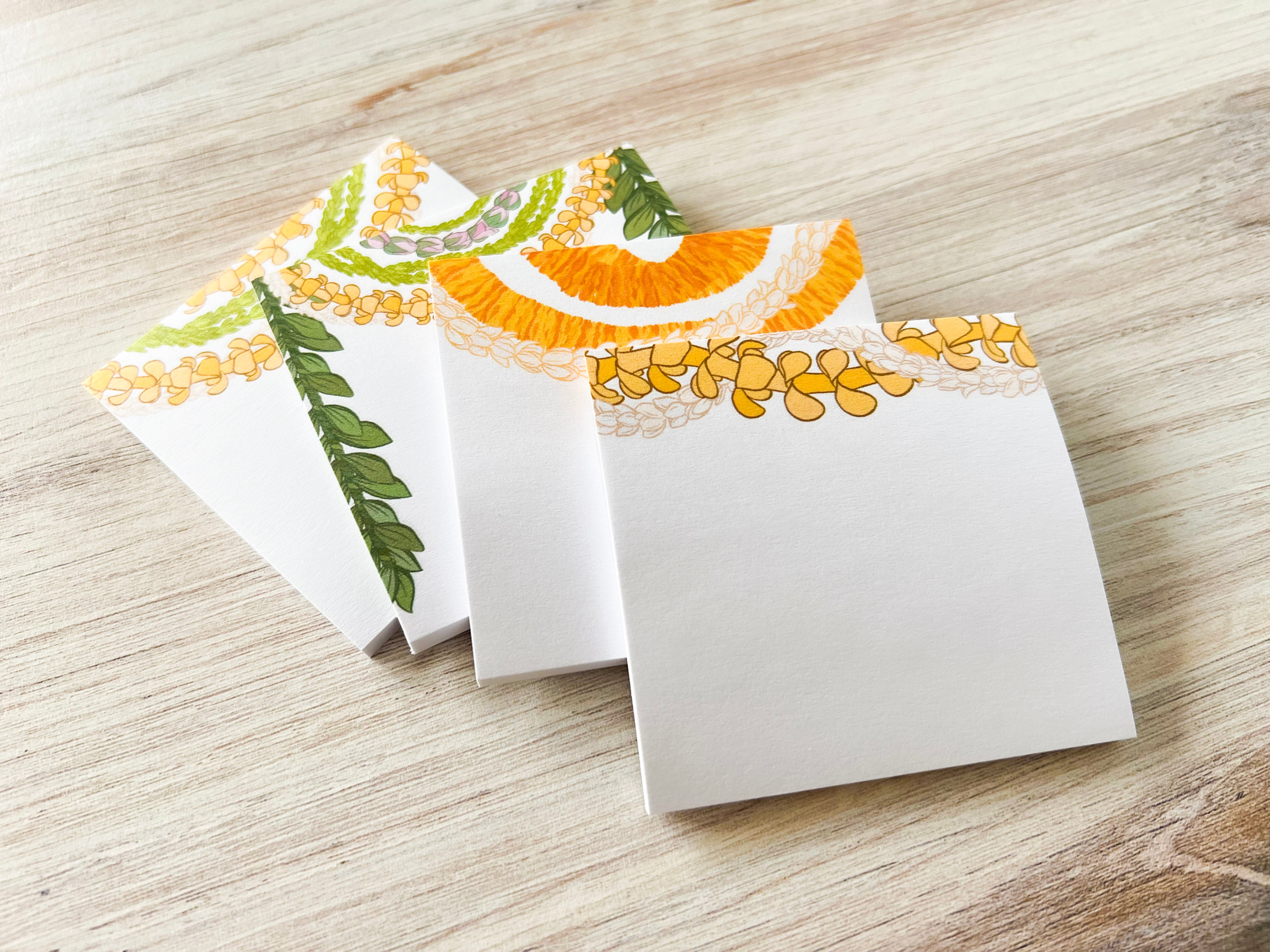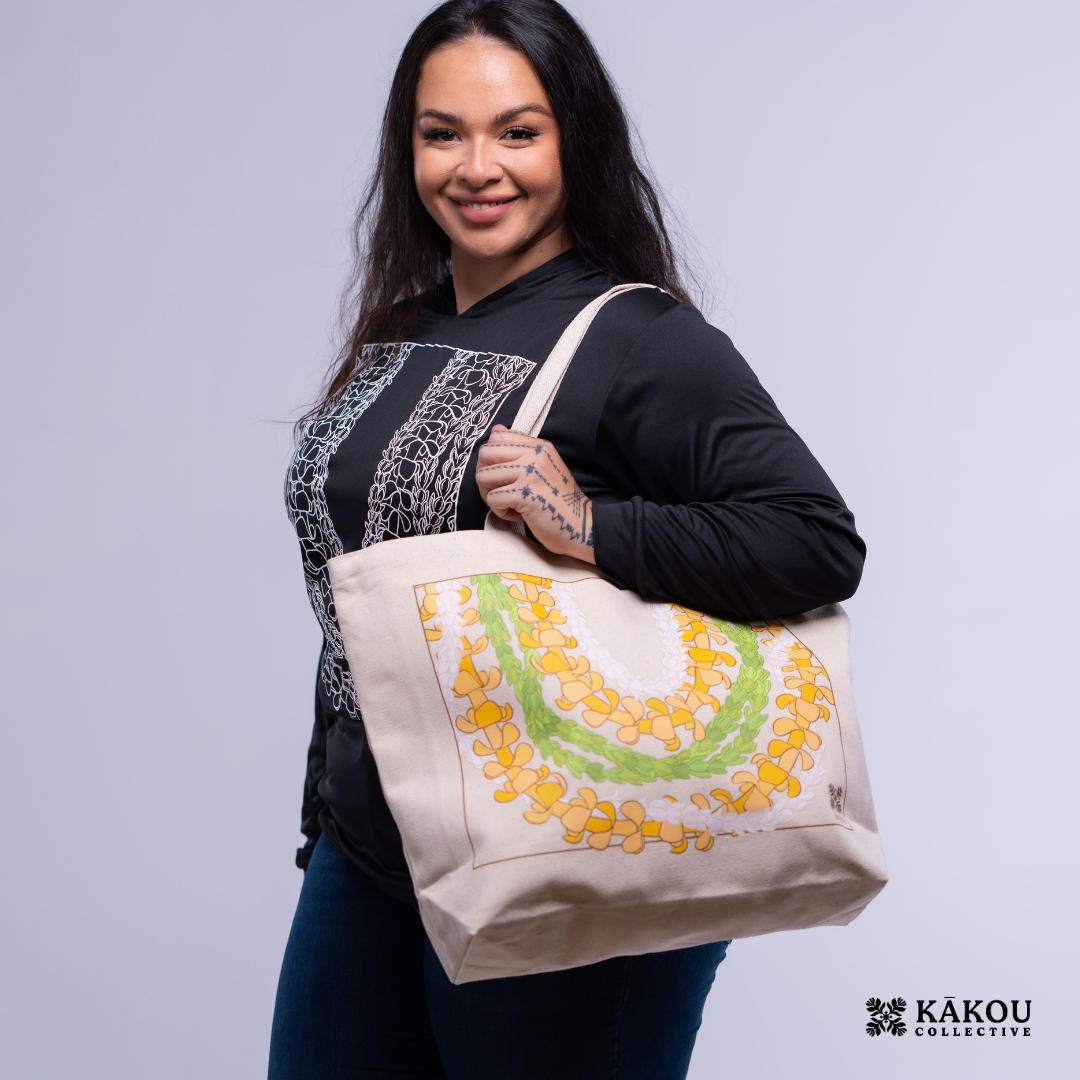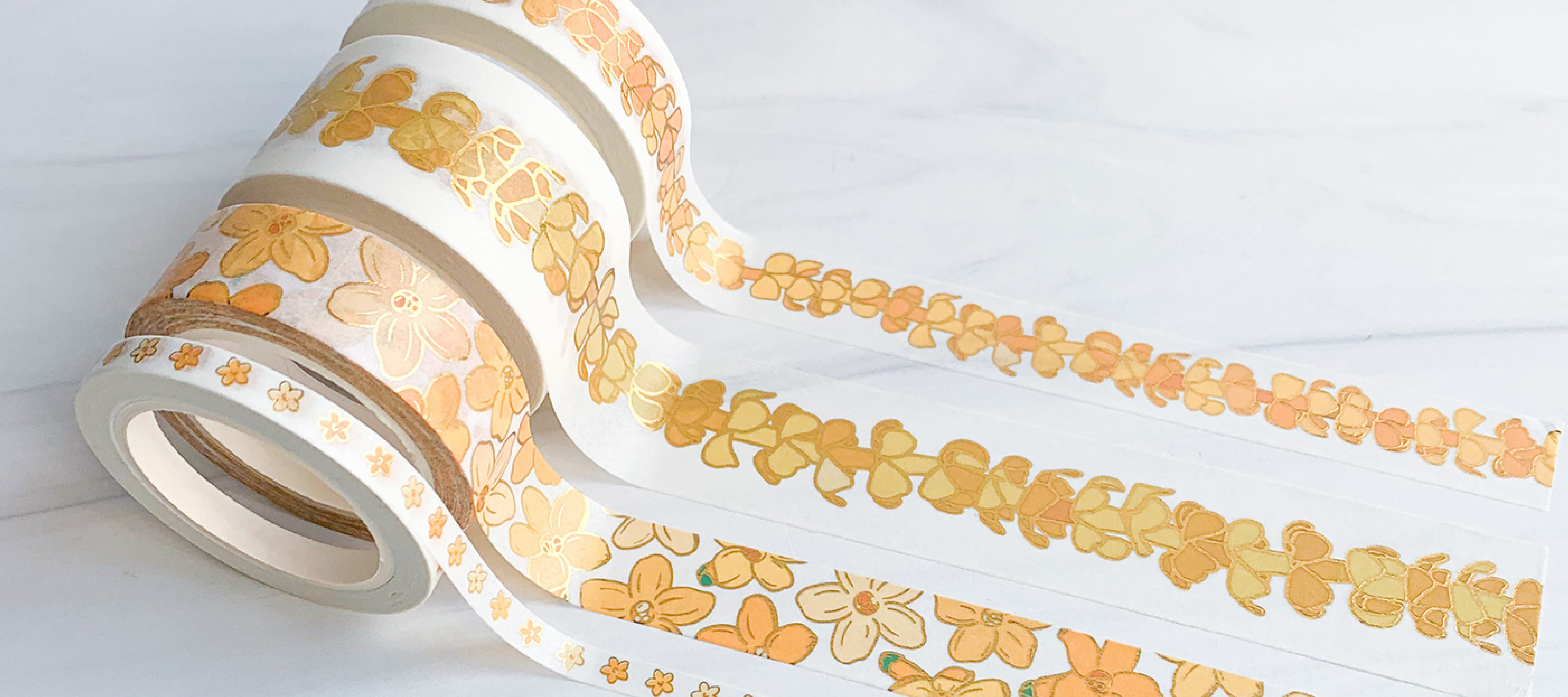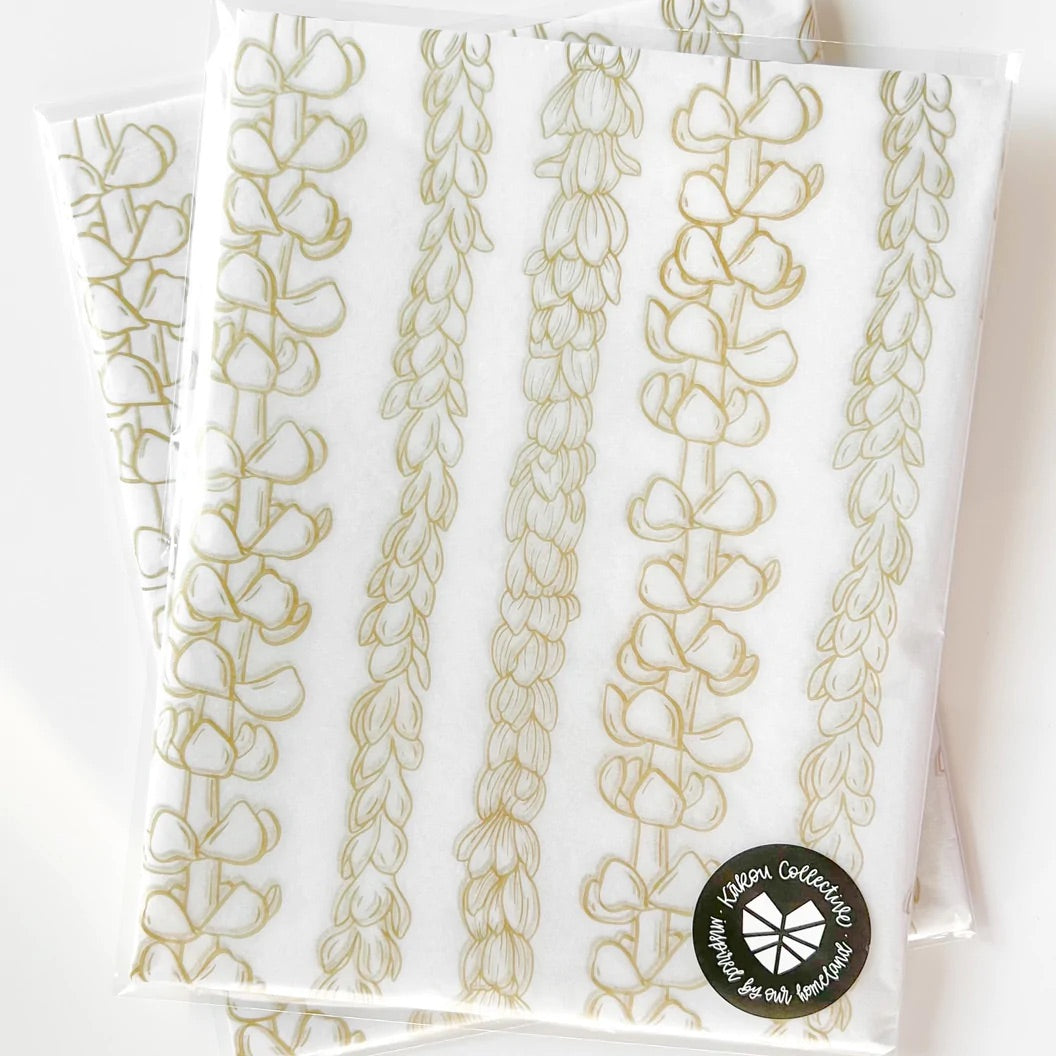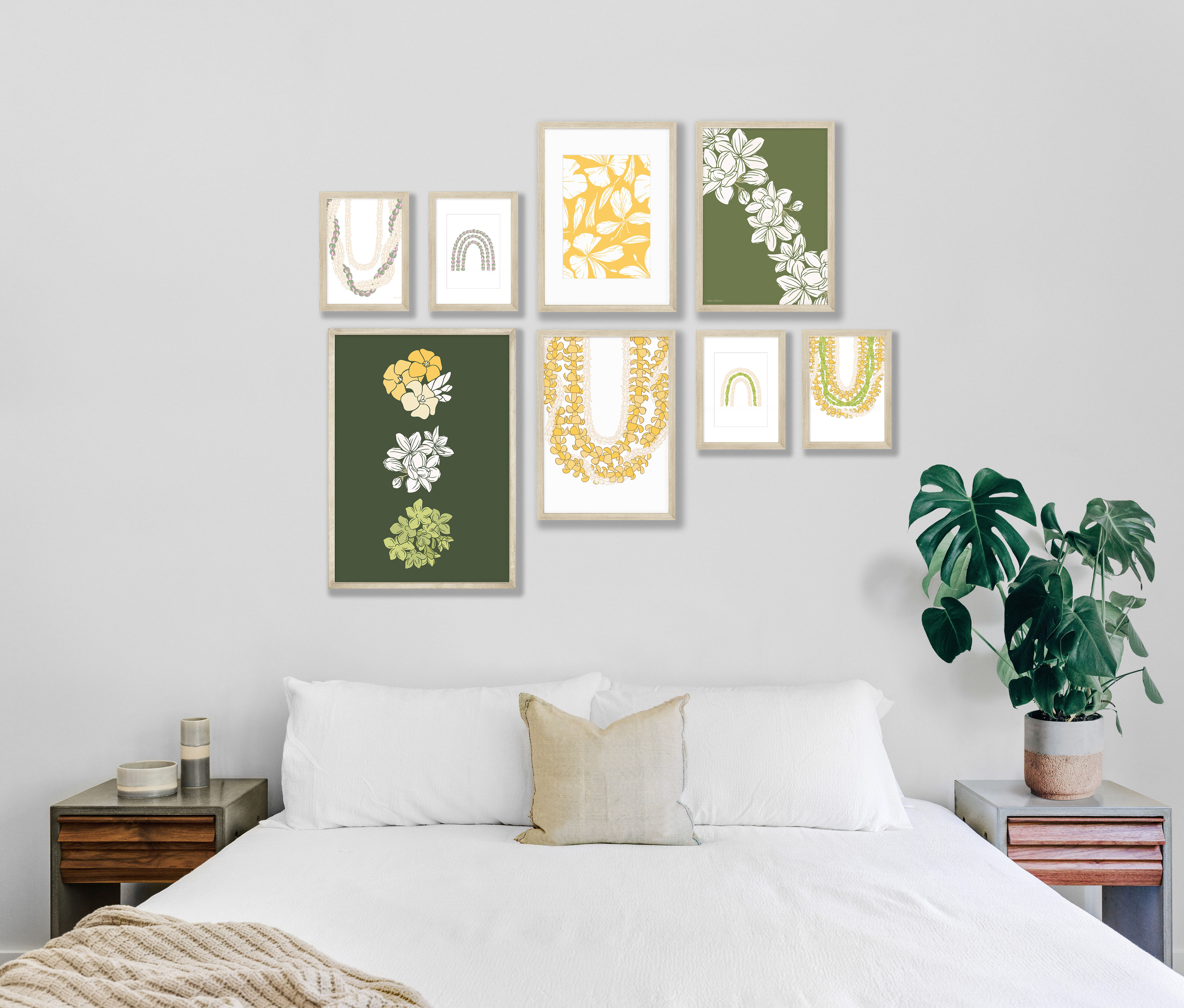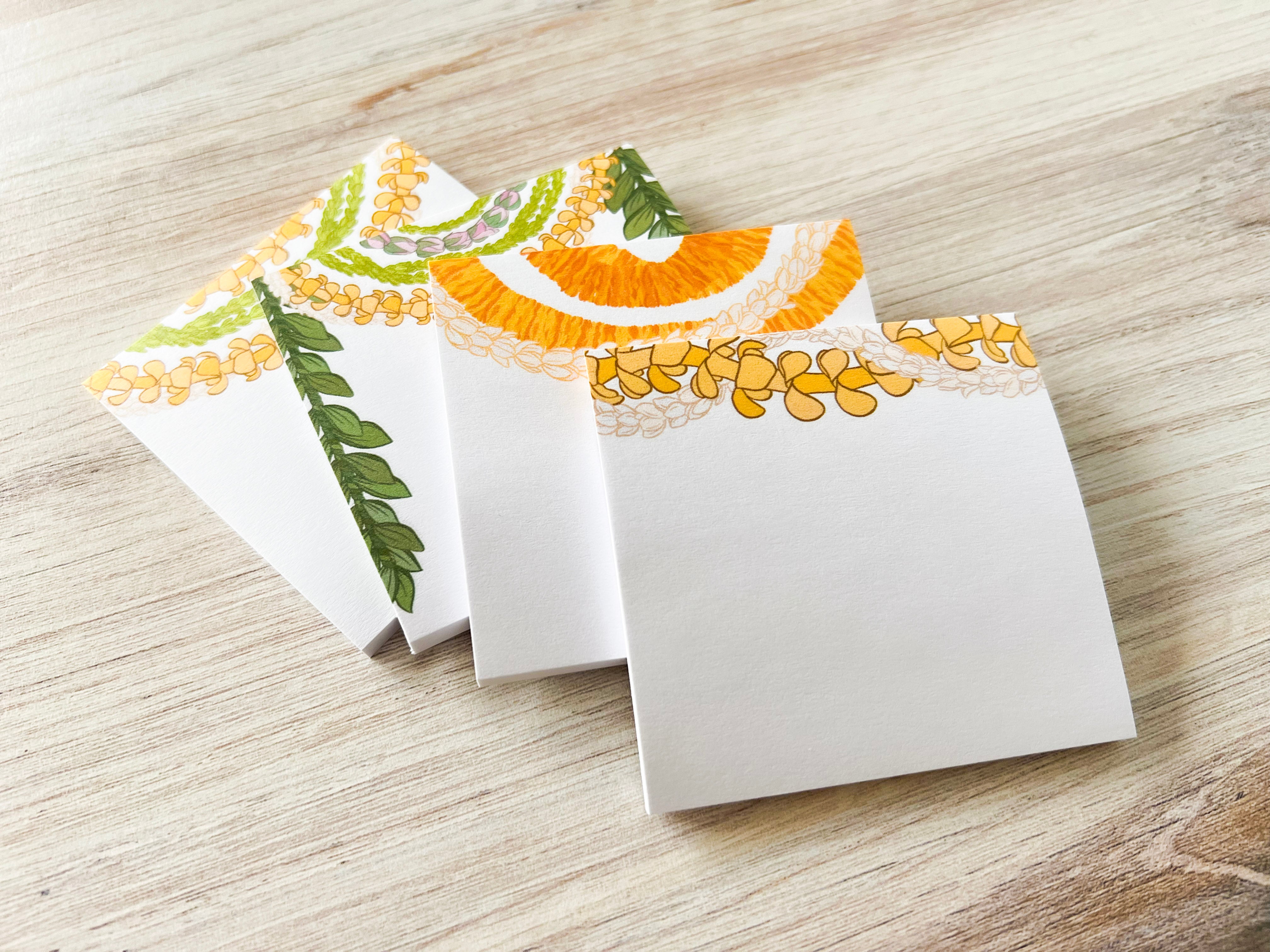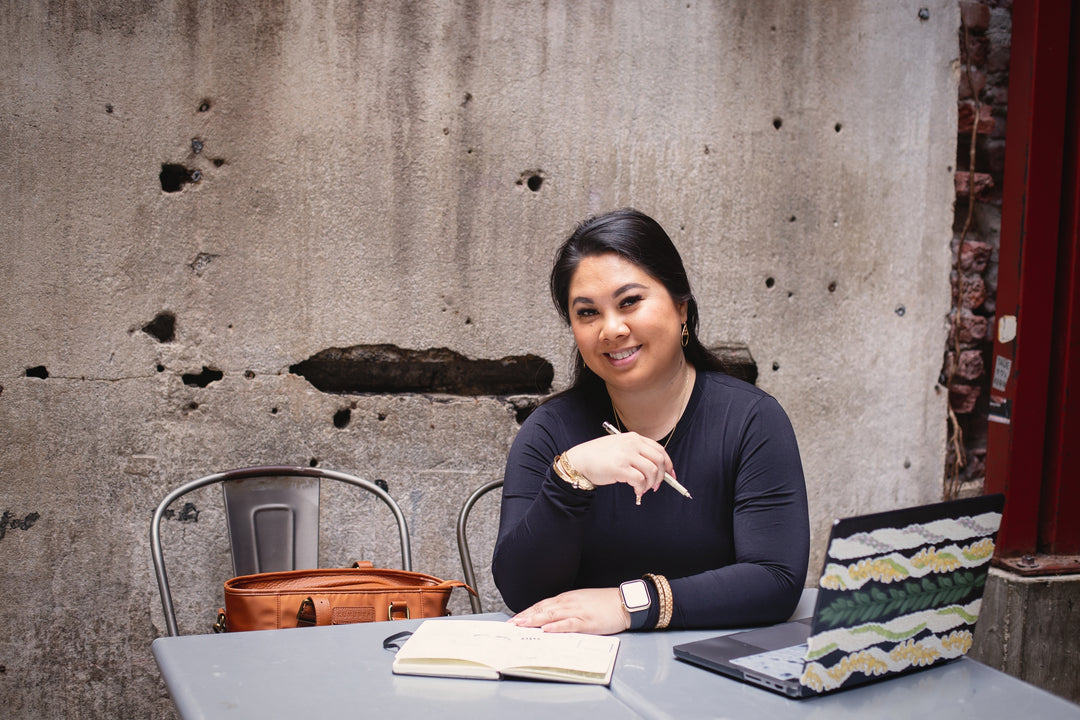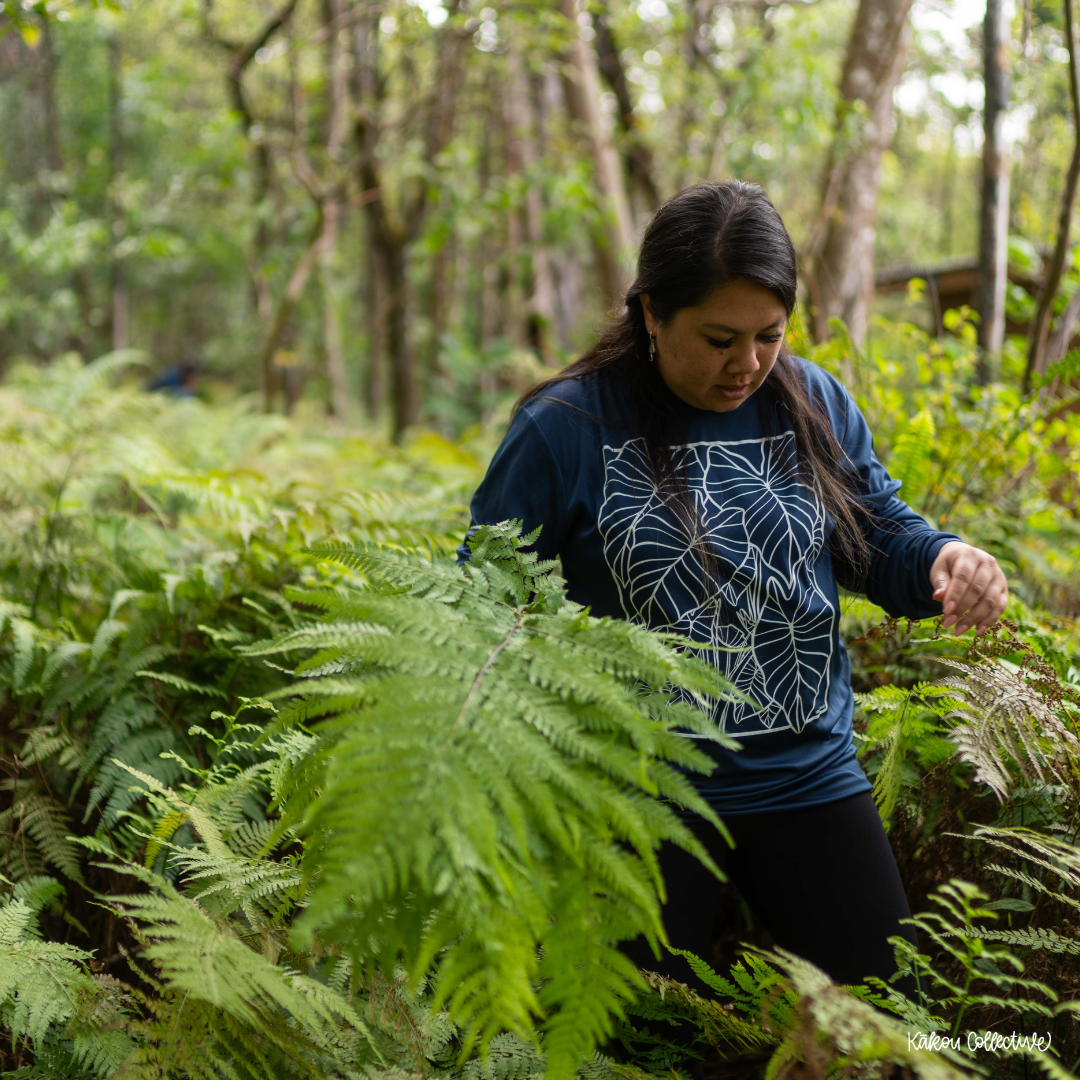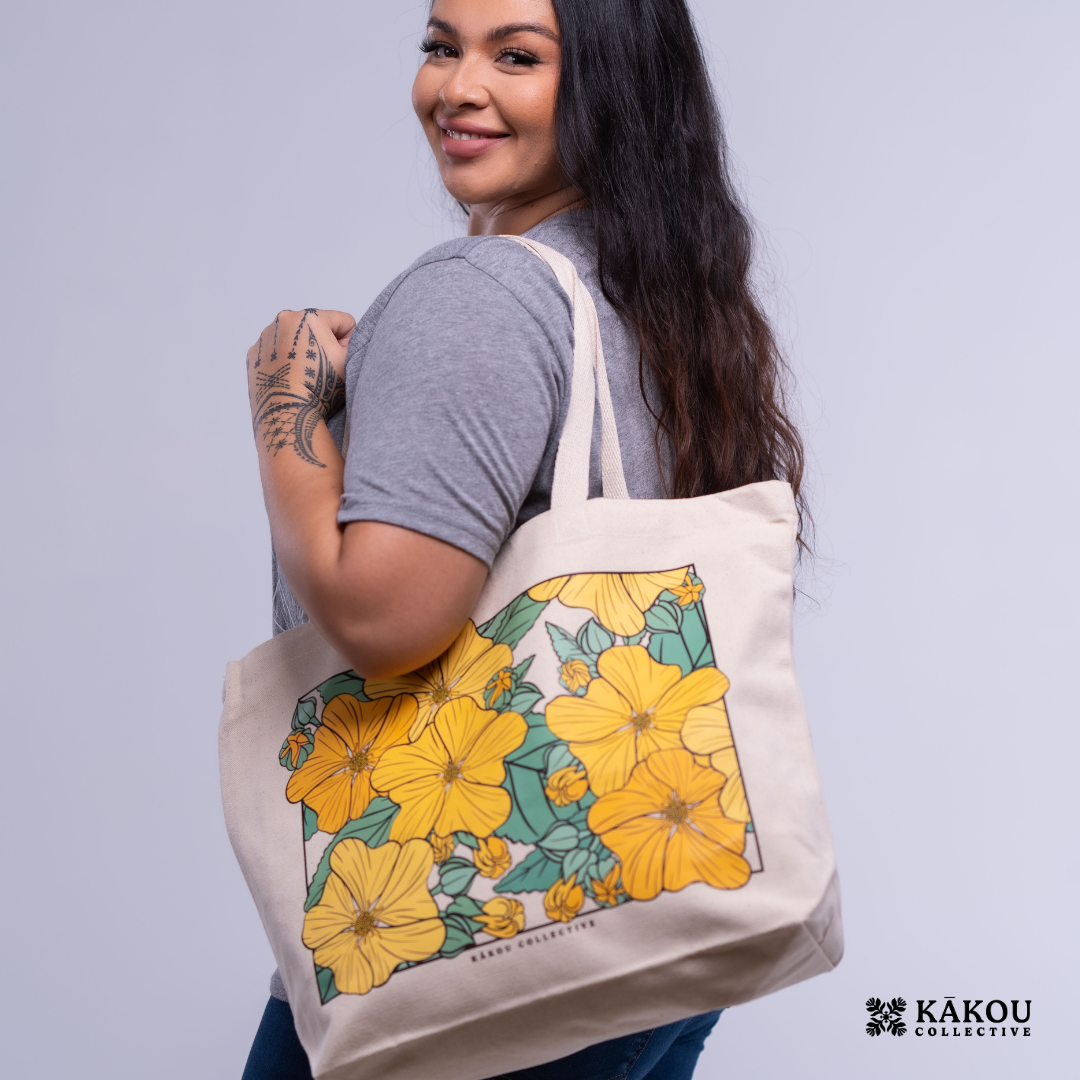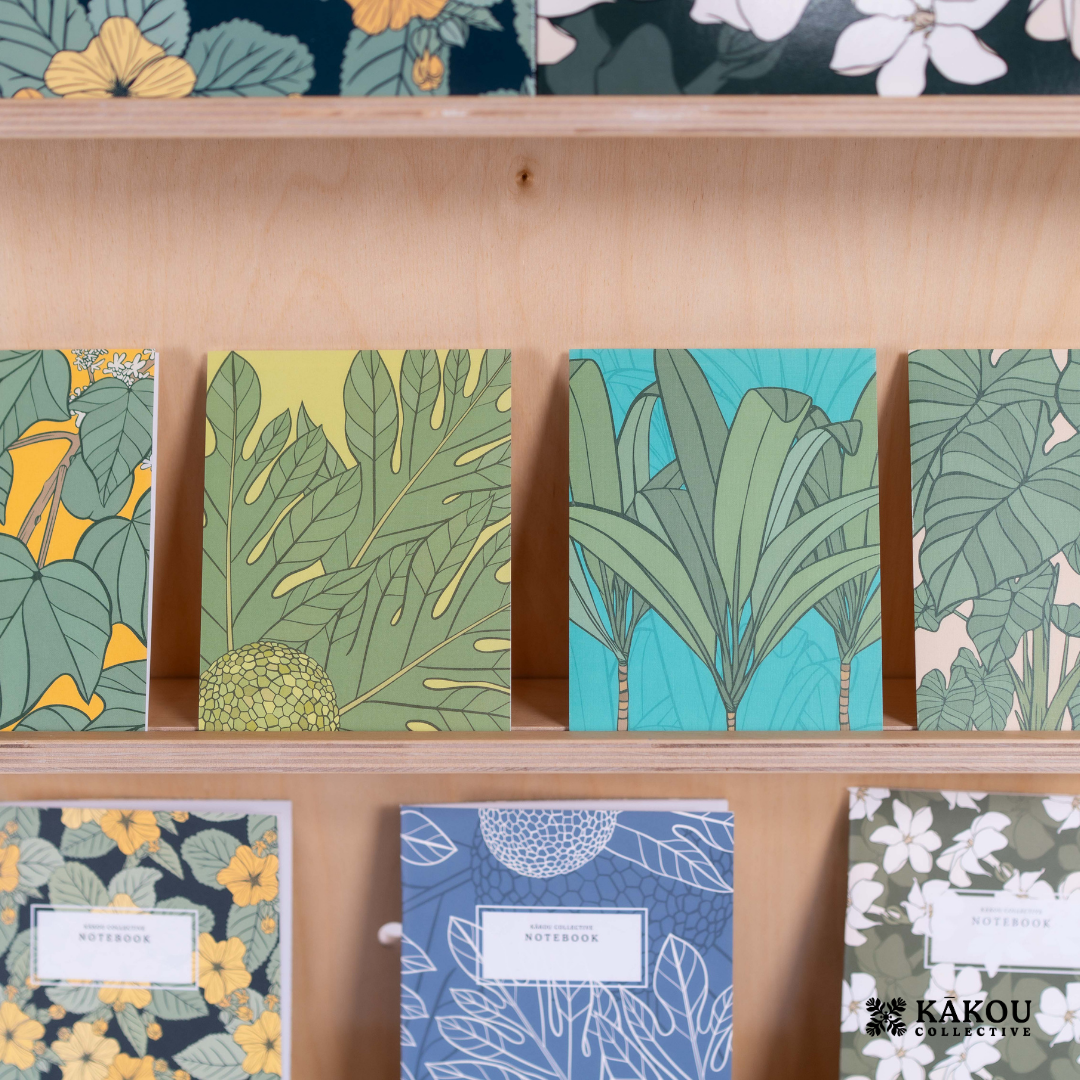Hoomae
Ho‘omae
Ho‘omae means to wilt or to fade. The lā‘au (plants) in Hawai‘i show us that there is much beauty to be found through the passage of time and we strive to capture some of that beauty in our own illustrations here at Kākou Collective.

One of the most well-known pua (flowers) for exhibiting stark changes through the passage of time is hau. E ho‘omae ana ka pua hau i kekahi lā. (The hau flower wilts in one day.) They begin as bright yellow blossoms in the early morning. By noon, they’re a vibrant orange hue. The flower turns a deep red color by the end of the day, often falling from their branches to cover the ground below near sunset. Hau is sometimes equated to the inevitable change that all life undergoes every day, reminding us that each morning brings a new opportunity to grow and flourish.

Another popular flower that undergoes a transformation as it withers is the pua kenikeni. E ho‘omae ana ka pua kenikeni i nā lā ‘ekolu. (The kenikeni flower wilts in three days.) On the first day that it blooms, the pua kenikeni is bright white and has a crisp floral scent. On the second day, it turns to a pale yellow and begins to develop a stronger smell reminiscent of mulling spices. By day three, the flower takes on a vivid orange color and pungent aroma akin to ripe melons. Pua kenikeni isn’t native to our islands, but its beautiful hues and distinctive scent make it a lei punahele (favorite lei) in many hale (homes) in Hawai‘i - including ours.
What are some of your pua punahele that ho‘omae spectacularly? We’d love to hear from you! A hui hou. (Until we meet again.)


